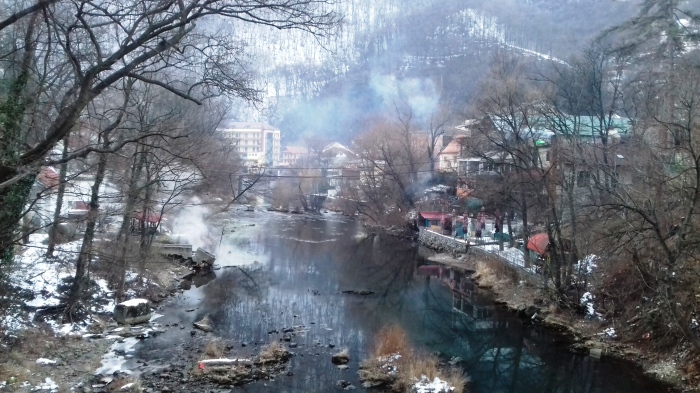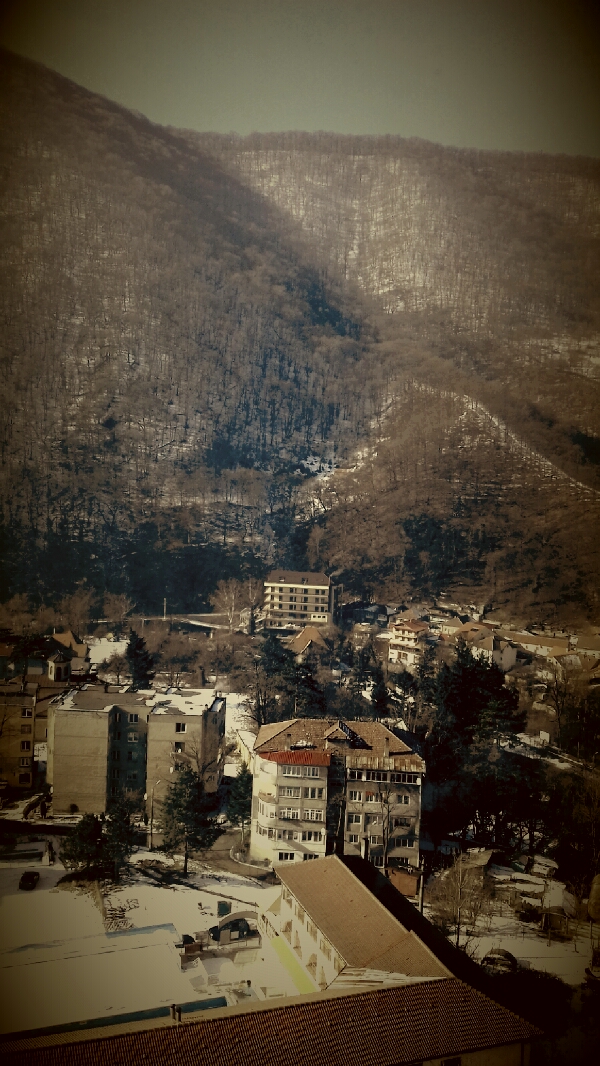Romania has a third of the thermal and mineral springs of the entire Europe.The oldest spa of the world is at Băile Herculane. The city lies at 160 metres altitude in the valley of Cerna River between Mehedinti and Cerna Mountains.


It is an old place dating back to the year 156 , when, the Romans, after a fight with the Dacians noticed that their woundes horses cured after bathing in the springs here. Also, they found out that the miraculous characteristics of the waters are good for their skin, bones, internal organs ,eyes, wounds and stomaches. 6 statues of Hercules were discovered here. Legends say that Hercules stopped to bathe here. The land of the resort is the statue of Hercules , a bronze replica molded in 1874, which is now in the city centre. From the Roman period we still have statues, bathes,adequates and coins.
And this was only the beginning. Starting with the year 1738, the reconstruction of this place began.
The resort becomes famous during the Austrian- Hungarian Empire when kings and queens( Queen Mary , King Carol, King Michael, Hing Alexander of Serbia ,King Franz Joseph, Sissi ) come here and spend their leisure time. It is the time when villas, houses, built in Austrian Baroque style and even a Casino are being built together with the Austrian Imperial Baths.

The hot spings( 41-6o degrees) rich in sulfur, chlorine, sodium, calcium , magnesium and the negatively ionized air which is favourable for its biological effects on the organism and the mild climate with Mediterranean influences make it the perfect resort of Europe. The high therapeutic value of the springs attracted lots of people.
The first built hotel was Cerna, built in 1930.During the communist era, the resort is open to everyone and especially to retire people who come here for treatement.


The present does not however looks as glorious as its past. What we find here now are so many historic buildings in ruins and with no intention of something to be done. What is good is that they are marked as important buildings and the tourist can get a picture of what the importance of that place. The big hotels are either destroyed or ( a few of them) renovated for welcoming the tourists. Some new and modern villas appear but they do not have the force to change the atmosphere of decadence.



For such an incredible important resort and for everything that this place can offer, what Herculane is now is nothing but a shame!

 If you happen to go to Marseille, you will probably be disappointed. The city is so dirty , crowded and full of nothing but people of all races and colours, hurrying God knows where… If you have to be there, go to Les Calanques which are a 20 km long and 4 km wide strech of premonotories of unbelievable beauty.It is a region visited by more than 2 million visitors per year.
If you happen to go to Marseille, you will probably be disappointed. The city is so dirty , crowded and full of nothing but people of all races and colours, hurrying God knows where… If you have to be there, go to Les Calanques which are a 20 km long and 4 km wide strech of premonotories of unbelievable beauty.It is a region visited by more than 2 million visitors per year.







